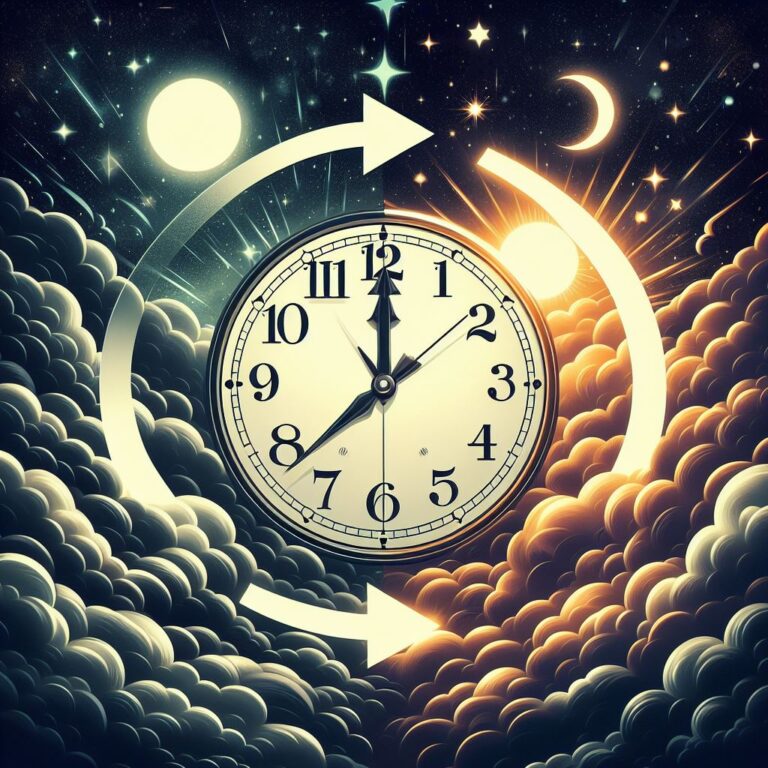As we spring forward into March, it’s time to set our clocks ahead and embrace the return of longer daylight hours. On March 10, 2024, at 2 a.m., daylight saving time (DST) officially begins, adding an extra hour of daylight to our evenings. But what does this annual tradition entail, and why do we participate?
Adjust Your Clocks and Enjoy the Light
Before you hit the snooze button on Sunday morning, remember to adjust your analog watches, wall clocks, and appliances. While our smartphones and smartwatches will automatically update, those trusty old timepieces need a manual nudge. The good news? That extra hour of sunlight in the evenings is well worth the effort.
Health Implications
Studies have shown that the abrupt shift in time can impact our health. As we lose an hour of sleep, our bodies adjust to the new schedule, affecting our circadian rhythms. Some researchers link DST to an increased risk of strokes, heart attacks, and mood changes. So, while we revel in the extended daylight, it’s essential to prioritize rest and self-care during this transition.
Who Participates?
Not everyone around the world observes DST. In the United States, most states spring forward and fall back, but there are exceptions. Arizona and Hawaii, along with some U.S. territories, choose not to participate due to unique geographical and energy considerations. So, if you’re in the Grand Canyon State or enjoying the aloha spirit, your clocks remain unchanged.
Looking Ahead
As we set our clocks forward, let’s appreciate the brighter evenings and the promise of warmer days. And remember, it’s “daylight saving” (not savings) time. When autumn arrives, we’ll fall back and savor that extra hour of sleep.
Check out more articles like this at News Archives – Topic In One Article
